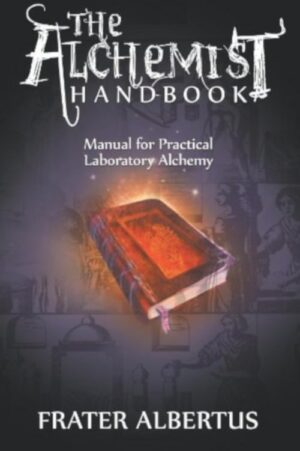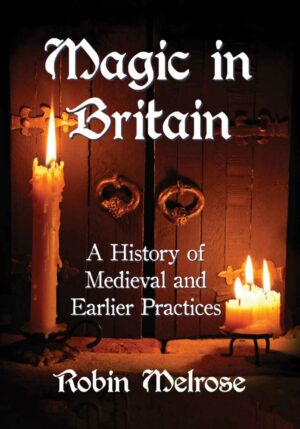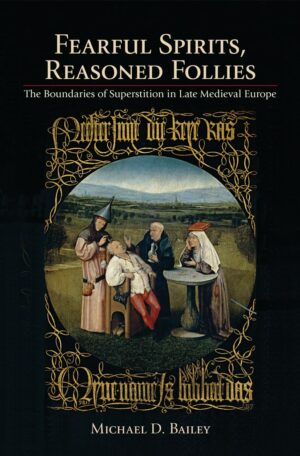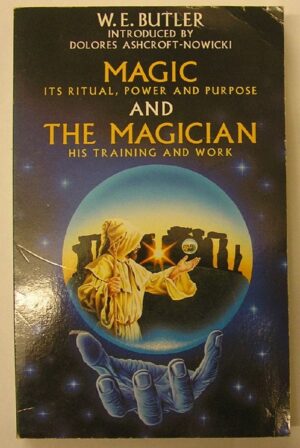03.12.2020
03.12.2020
“Battling Demons” by Michael D. Bailey
03.12.2020
“Magic in Britain: A History of Medieval and Earlier Practices” by Robin Melrose
03.12.2020
“Fearful Spirits, Reasoned Follies: The Boundaries of Superstition in Late Medieval Europe” by Michael D. Bailey
03.12.2020





